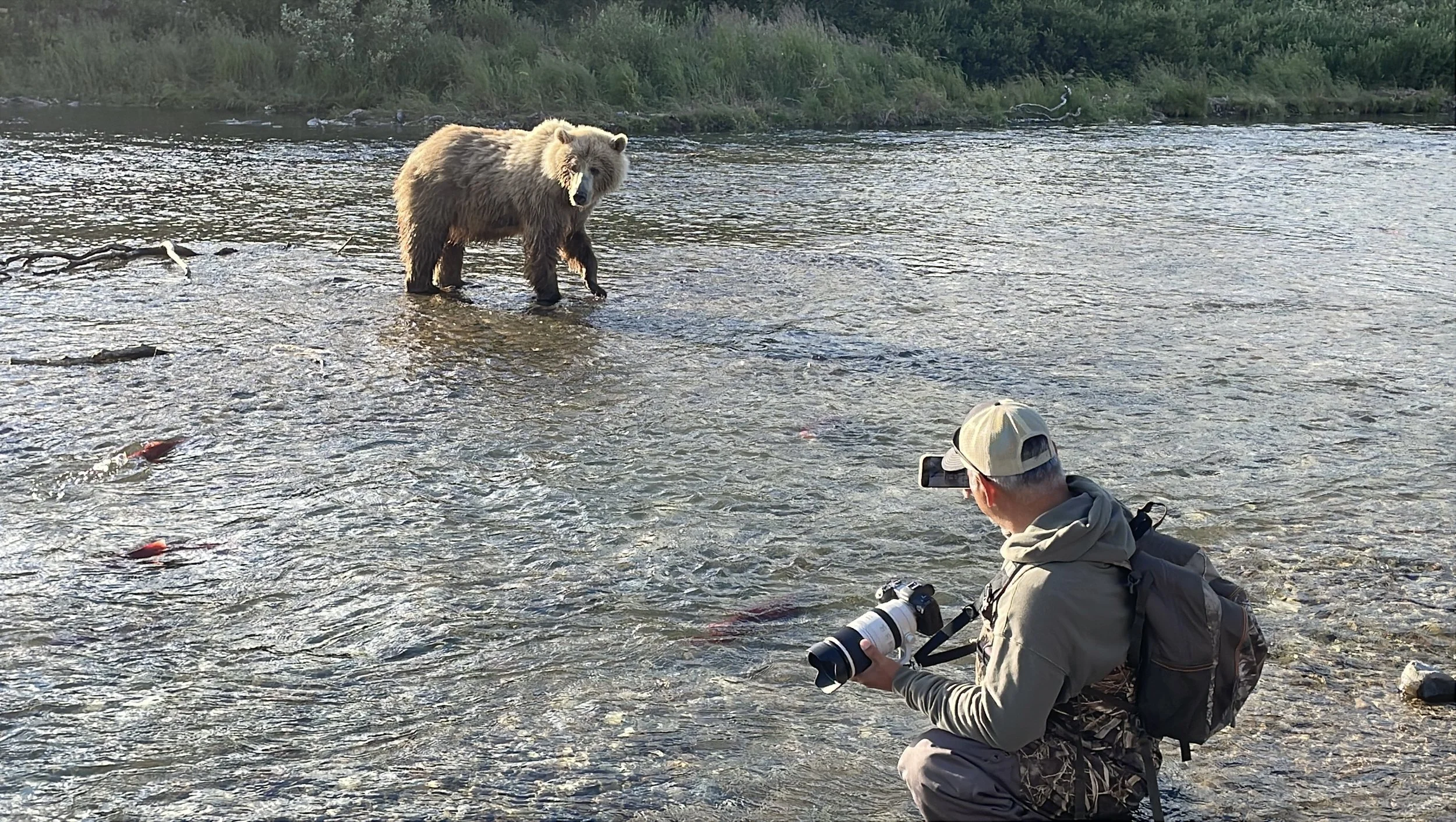Humpback whale, mom and calf.
Not every whale wants to interact with you.
Some do. Most don’t.
And learning to recognize the difference is one of the most important things a wildlife guide, or guest, can ever learn.
Because not all encounters are created equal.
Whales are masters of silent communication.
And if they want to avoid you, they’ll make it known.
Blue whale
As the boat approaches, they’ll do one of two things:
They’ll dive immediately… or they’ll change direction.
And every time you try to approach, they just keep turning… keeping distance between you and them.
If you try to jump in ahead of them, thinking you’ll intercept, they already know.
Their senses are extraordinary, they feel your presence before you even hit the water. And in response, they dive deep or shift course, well before you get close.
These are not just reactions. They’re messages.
They’re saying, “Not today.”
On days like that, the most respectful thing you can do is stay on the boat. Watch from a distance. Let them be.
And who knows, after a while, they might change their mood.
They might decide they’re curious.
They might come closer.
Grey whale
But if they don’t, that’s okay too.
Send up the drone. Watch from above. Soak it all in.
Enjoy the encounter the way the whale wants to be experienced, without intrusion, without pressure, without needing more.
Because just watching a whale move freely through its world is still a gift.
Then… there’s the other kind of encounter.
The one where the whale chooses you.
It approaches slowly, without fear.
It adjusts to your presence instead of veering away.
Maybe it circles.
Maybe it stops.
Maybe it looks you in the eye, and in that moment, you know:
sperm whales
You’ve been accepted.
A whale that chooses to interact with you is a gift from God.
There is no greater underwater thrill than a whale that wants to engage, to play, to observe, to share space with you in the blue.
I’ve had beluga whales come so close I thought we were going to touch foreheads, one even peered directly into my mask, staring into it because it wanted to see my eyes.
That kind of curiosity you never forget.
beluga whale
I once had a Bryde’s whale with the zoomies, swimming under the boat, looping around us again and again, for over two hours. It was definitely playing with us, and I jokingly swear, the whale was making car noises as it zipped past us.
Right whales. Sperm whales. Humpbacks… I’ve been in the water with them all when they’ve made it clear… they wanted to play.
Some encounters were so intimate, we had to swim backwards just to avoid touching them, because they kept trying to get closer, to touch us.
Not out of aggression, but out of pure curiosity.
It is the stuff of dreams.
Right whale
And speaking of touch, there’s nothing quite like the experience in Magdalena Bay, Mexico.
Swimming with gray whales isn’t allowed there, but they still come.
They approach the boats, because they want to be touched.
They roll.
They lift up their heads.
They offer themselves to us.
And when a whale offers connection like that, not because you chased it, but because it chose you.
It’s one of the greatest experiences this life has to offer.
grey whale
Understanding the line between a whale that’s curious and one that’s uncomfortable is the difference between being a tourist and being a respectful guest.
It’s the difference between a good encounter… and a great one.
Between having a story to tell… and having an experience that changes you.
Brydes whale
So…
Read the body language. Respect the energy.
If the whales not interested, leave them alone.
If it is, be present, be grateful, and enjoy the moment.
Because the best interactions happen not when you swim toward the whale…
But when the whale swims toward you.
*New Blogs posted 3–4 times a week. (sometimes more.)
Follow along for fresh stories, trip updates, and raw moments from the wild.









